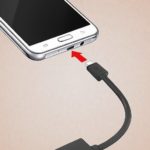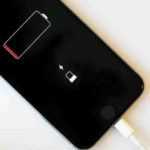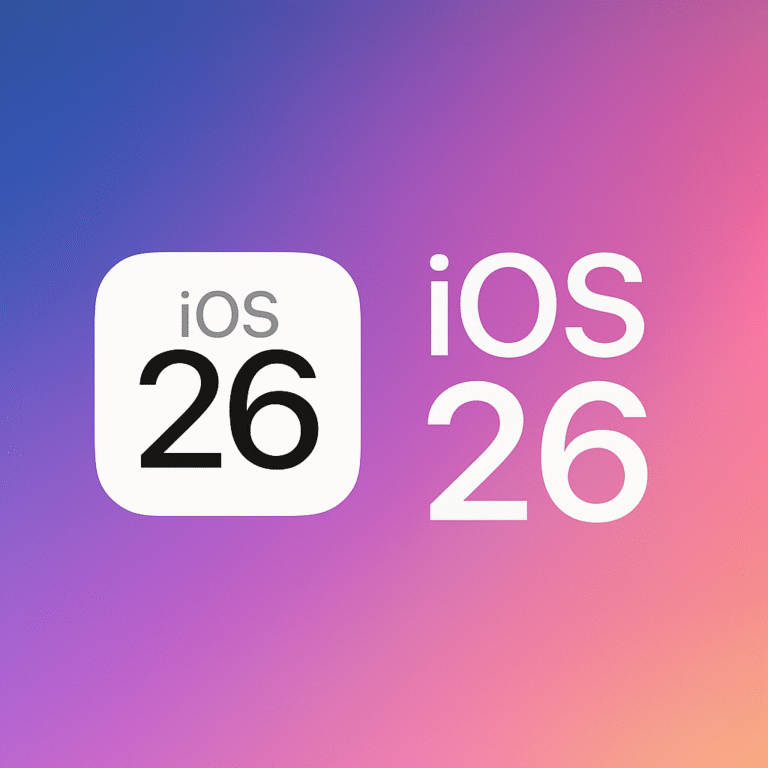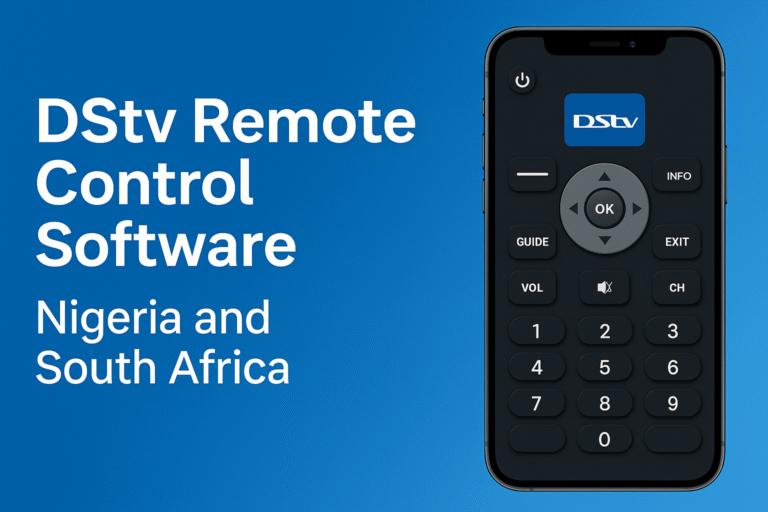This article explains best ways to handle USB wires in order to maintain and make them last for you. Most AC chargers are USB cords. Thus, wrong handling could make your device battery go bad within a short time. Therefore, it is very important to learn the best practice to maintain USB charger for all devices. Sadly, there are many ways we unconsciously kill device battery by the way we handle or use them. Now let us see these best practices for charger handling and management.
Have you ever wondered why your USB AC power charger develops partial contact few days after purchase? You thought you bought an inferior AC charger because of undue partial contact or “not charging” effect for your device. Even as you bought it for a fortune, the power charger develops fault soon. What is your mind telling you? Have you really been cheated, or maybe you mal-handled the device, causing the undue damage? There are measures to take to properly maintain USB charger flexible wires. Therefore, this article teaches you the best way to preserve USB charger cords and other tiny flexible electronic wires.
The very last thought is correct. There is a problem with the way you handled that charging cord. There are recommended ways of folding flexible AC charging wires to preserve them and avoid internal cuts or contact failures. By reading this post, you would learn to handle and as a result, properly preserve any flexible wire, AC phone chargers, USB cords, etc.
Why Fold Flexible AC USB Charger Cords Properly
It is necessary to learn proper handling of flexible wires to optimally maintain USB charger cords for the following reasons;
-
Getting value for your money:
When you purchase a new AC flexible cord and handle it properly, it lasts long in use. A proper handling means folding the flexible wire in a manner it does not wear or tear from the inside. As flexible as it is, a wrong wire fold initiates internal strain, which easily breaks the inner lined cords. This is the cause of partial contacts.
-
Keeping Safe to Avoid Electric spark or Shock:
The number one rule in handling electrical devices is safety. Although flexible wires of AC power chargers are built for low voltage capacity, it still constitutes considerable danger when handled wrongly. Folding such AC power chargers wrongly, resulting to an internal cut can cause sparks and electrocution when exposed. Therefore to avoid danger due to shock, always fold or handle flexible wires properly.

Please note that the cords you buy for a lower cost may be of higher quality than their expensive counterparts. Electronic devices such as mobile phones are highly selective to AC power chargers. Tech giants such as mobile phone companies stipulates certain capacity of batteries and AC chargers for their mobile devices. All you need to look out for is the right capacity AC charger for your device, not the price.
One way to prolong the life of your device and enjoy it is the proper management of its battery life. Safe handling or proper folding of your AC charging cord is one effective way to save your cellphone battery. Furthermore, it is one of the best ways to take proper care of the cellphone battery
Must I fold the Phone Charger When Not in Use?
The answer is NO. In fact, it is highly recommended to keep your phone chargers and other wires stretched out both when in use and out of use. These small thread-like cords for charging phones and other devices are made of millimeter-thick internal thread-like metals. They are too flexible and easily break when twisted too often. the folding that you do after charging your phone with that wire is the fastest way that kills your AC Power charger.
Folding your AC phone charger wire fully flexed but not tightly stretched is the best and safest practice for prolonging the life of your device charging cords. However if you must fold it for lack of space, here is how best to fold or retract your phone AC charger after use to avoid internal break or partial contacts.
Recommended Ways to Maintain USB Charger for Phones
Recall that when you newly purchased your device, it must have been delivered with this phone charger. Even if you had bought the charger from an independent source, it would always be folded in a particular pattern. By untying the Charger after removing it from its pack, you would notice that the cord, which had been in that position since the device was produced would find it difficult to lose from that fixed position.
This calls to mind that whenever the wire or charging cord is not in use or needs to be preserved, it is either allowed to unroll itself until it flows freely or it must be folded or retracted back into that original fold pattern. Any other folding pattern would initiate an usual strech within the linen of the metallic wire inside and overtime, wear and tear would ensue. This is definitely what causes partial contacts or internal breaks.











